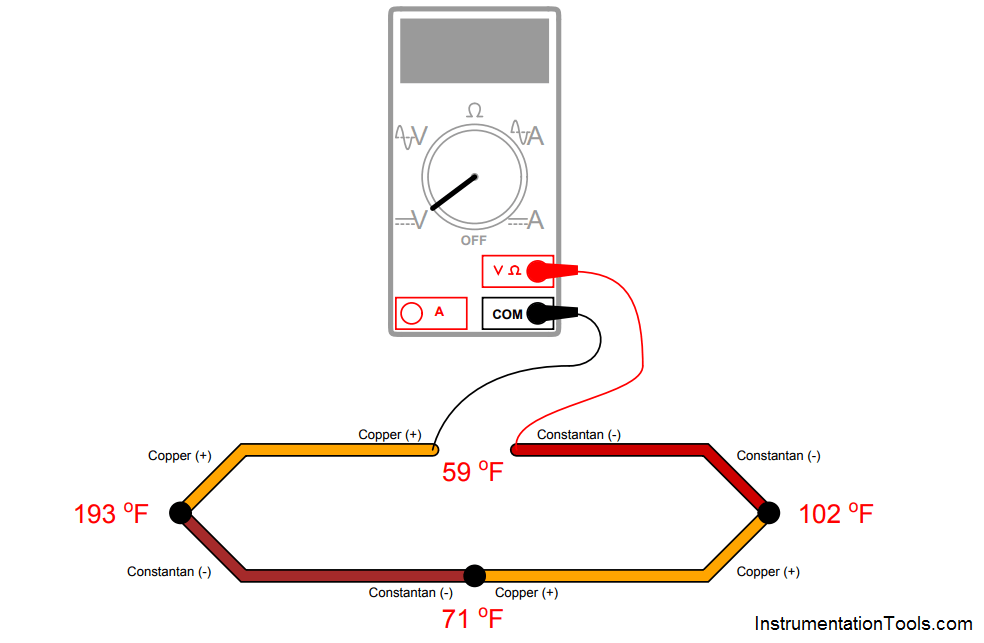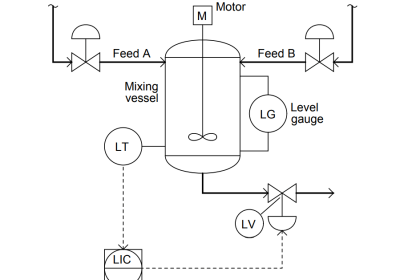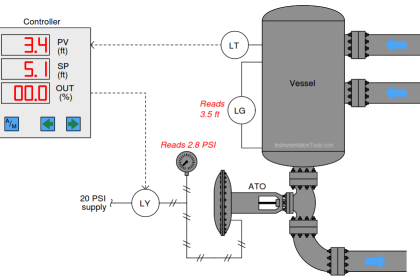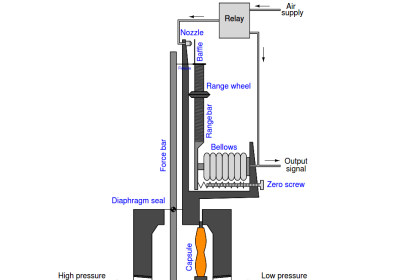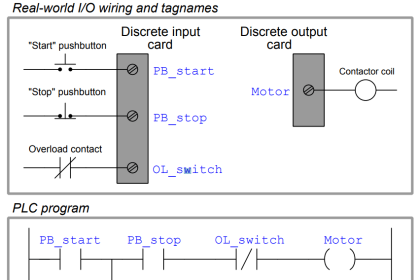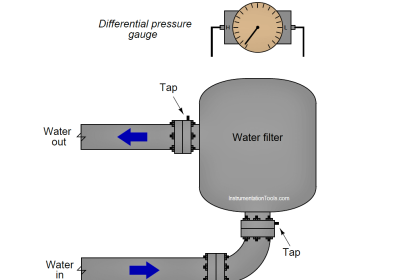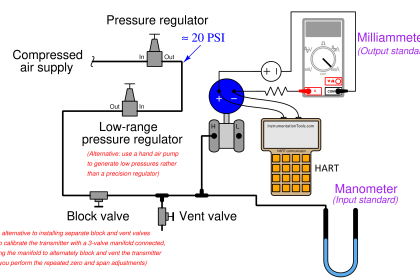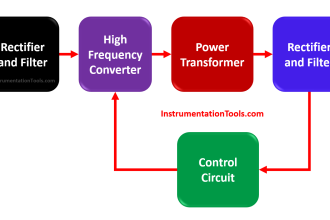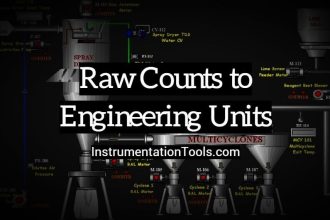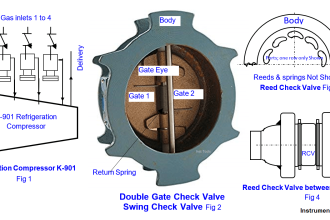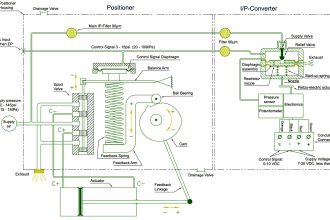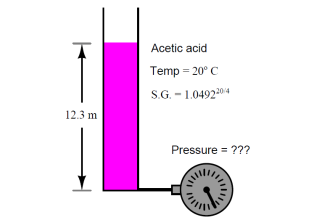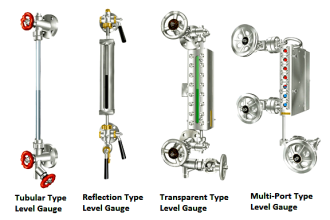Suppose someone builds a dual-junction thermocouple circuit using type T thermocouple wire (copper and constantan metals), then measures voltage in the loop using a voltmeter:
Calculate the voltage read by the voltmeter, using a type T thermocouple table to find millivolt potentials for each of the junctions.
Answer :
The voltmeter should read −3.908 millivolts. Counting all the junction voltages (with polarities shown in reference to whether they match or oppose the meter’s test lead polarity):
- 193 oF junction = −3.789 mV
- 71 oF junction = +0.857 mV
- 102 oF junction = −1.565 mV
- 59 oF junction = +0.589 mV
- Loop total voltage = −3.908 mV
Hint: any junction pushing conventional flow in a counter-clockwise direction is regarded here as a “positive” figure. Any junction pushing in a clockwise direction is regarded as a “negative” figure.
The last junction (at 59 oF) may be treated as a single copper-constantan junction because the metal type of the meter’s test leads acts as an intermediate metal.
The fact that both the copper-testlead and constantantestlead junctions are at the same temperature allows us to disregard the test lead metal altogether and treat it as a single copper-constantan junction at 59 oF.
